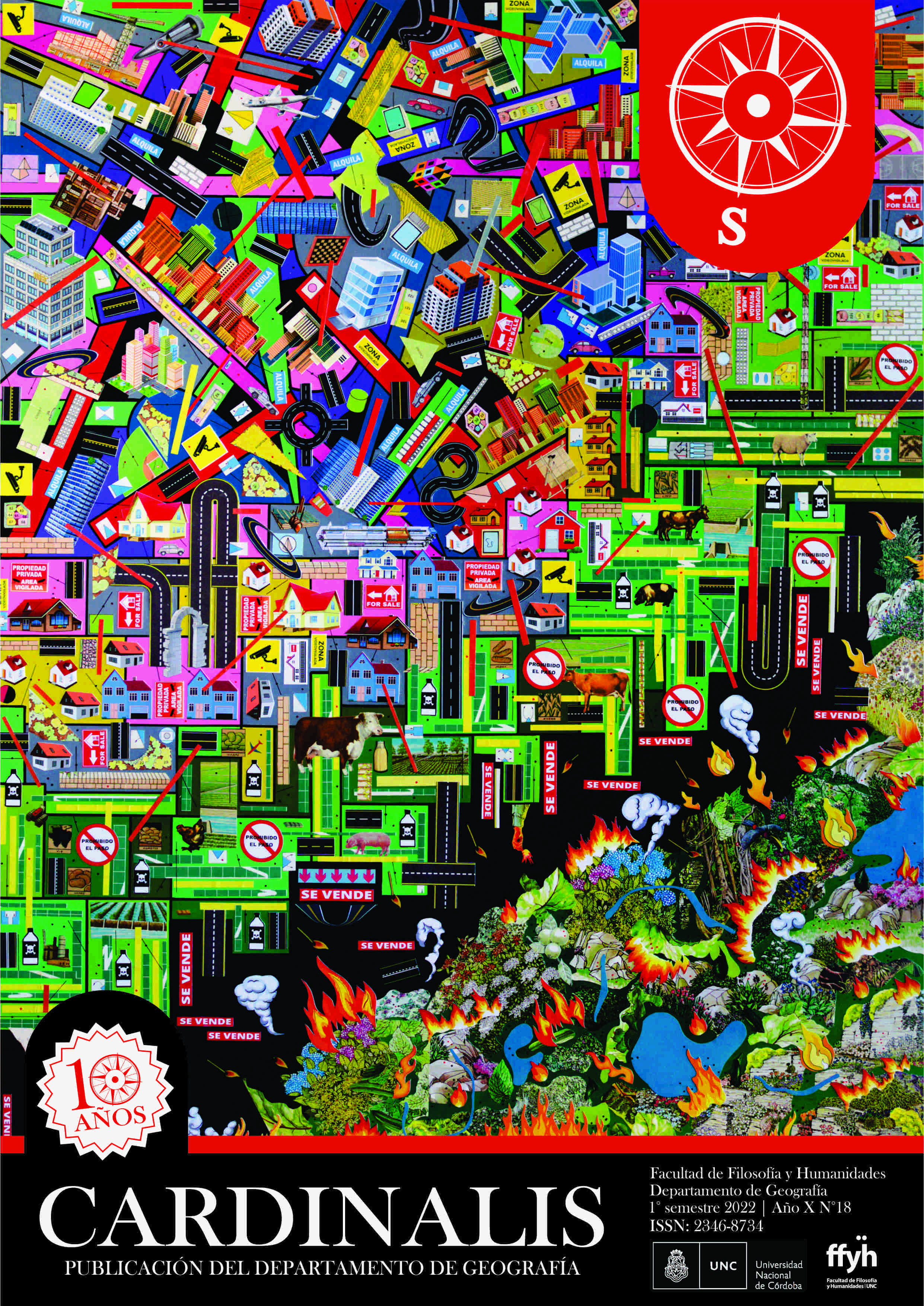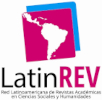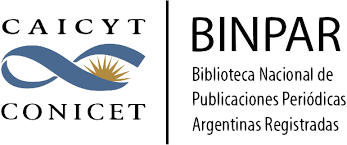Afghan women in the spotlight of the world scene in key of geographic education
Abstract
The present work is conceived from a geographical education committed to the causes in defense of the violated rights that women in the world undertake. In this case, the focus is on a territory in Central Asia, Afghanistan, which occupied the center of the
world scene when the Taliban returned to power in 2021. The measures implemented limit the rights of citizens in general and especially threaten the integrity of women. In this context, this group and its actions have assumed a prominent role by enunciating
and denouncing the modes of domination within the patriarchal system, based on ideological and socioeconomic systems of male domination. The intention of this writing is to approach those, "other" realities that are not alien to those of many women
in different spaces and historical times. From the teaching of Geography and from the mainstreaming of this problem with the perspective of gender and human rights, the testimonies of women artists and human rights defenders are investigated with the purpose of knowing and interpreting their realities.
Downloads
Downloads
Published
Issue
Section
License

This work is licensed under a Creative Commons Attribution-NonCommercial-ShareAlike 4.0 International License.
Aquellos autores/as que tengan publicaciones con esta revista, aceptan los términos siguientes:- Los autores/as conservarán sus derechos de autor y garantizarán a la revista el derecho de primera publicación de su obra, el cuál estará simultáneamente sujeto a la Licencia de reconocimiento de Creative Commons (indicada abajo) que permite a terceros compartir la obra siempre que se indique su autor y su primera publicación esta revista.
- Los autores/as podrán adoptar otros acuerdos de licencia no exclusiva de distribución de la versión de la obra publicada (p. ej.: depositarla en un archivo telemático institucional o publicarla en un volumen monográfico) siempre que se indique la publicación inicial en esta revista.
- Se permite y recomienda a los autores/as difundir su obra a través de Internet (p. ej.: en archivos telemáticos institucionales o en su página web) antes y durante el proceso de envío, lo cual puede producir intercambios interesantes y aumentar las citas de la obra publicada. (Véase El efecto del acceso abierto).

Esta obra está bajo una Licencia Creative Commons Atribución-NoComercial-CompartirIgual 4.0 Internacional.






